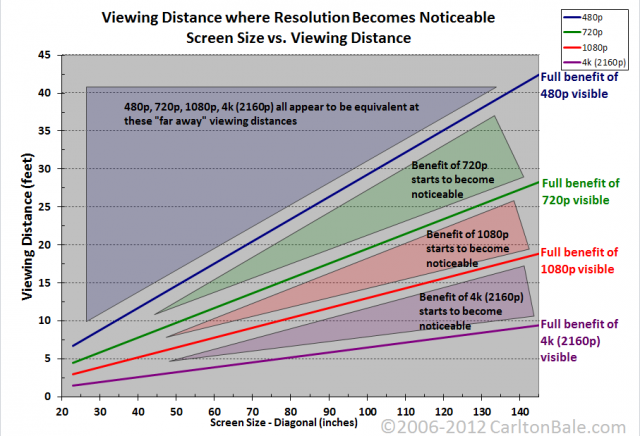19-inch sunlight-readable rugged LCD monitors for vetronics, avionics, and railways introduced by TRU-Vu
"TRU-Vu Monitors Inc. in Arlington Heights, Ill, is introducing the SRM-19 19-inch sunlight-readable liquid crystal display (LCD) for demanding industrial and commercial applications that operate in direct sunlight such as military and law-enforcement vehicles, ships, and aircraft.
The SRM-19 rugged display offers 1,000 nits brightness. By comparison, laptop screens average 150-200 nits, and standard desktop monitors average 200-250 nits, company officials say.
The rugged monitors are built with industrial-grade components and feature 1,280-by-1,024-pixel SXGA resolution. The monitors come with VGA, and BNC composite video inputs, 1,000:1 contrast ratio, and operate on 12-volt DC and 90-to-240-volt AC power supplies (story continues below).
Monitors also are available in touch screen and open-frame configurations, and also are for outdoor surveillance systems, trains, and other outdoor applications that require good video image quality in bright sunlight.
The SRM-19 series sunlight-readable monitors can be customized to specific requirements, and can be private-labeled with model number, company name, and logo.
For more information contact TRU-Vu Monitors online at www.tru-vumonitors.com." via Avionics Intelligence
 Display Alliance
Display Alliance






